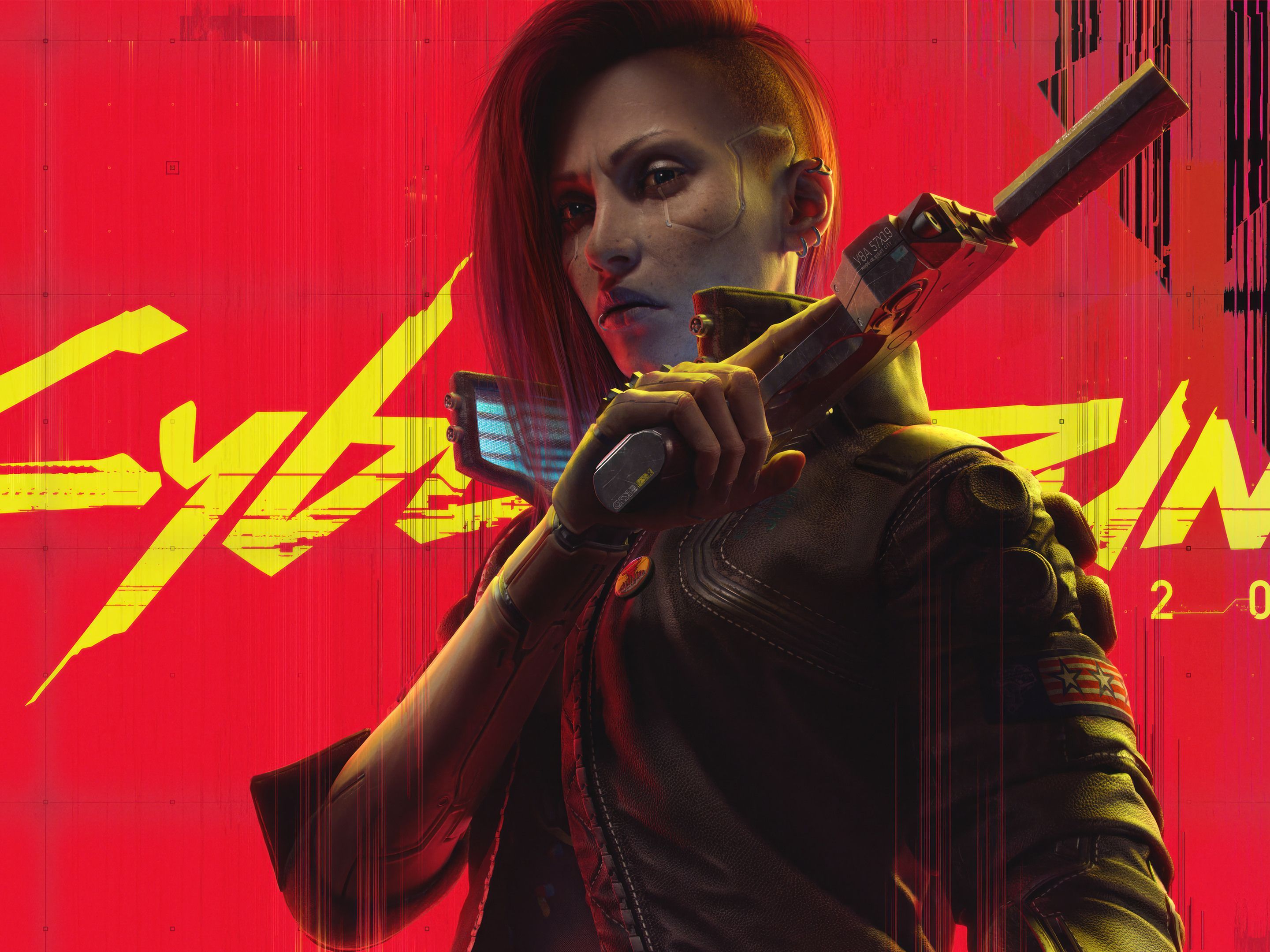Rage Score Reassessment: id Tech Showcase
When Rage first launched in 2011, it was met with a polarized reception. Developed by id Software, the studio behind legendary franchises like Doom and Quake, Rage promised a visually stunning, post-apocalyptic open-world experience powered by the then-cutting-edge id Tech 5 engine. However, critical opinions were divided—some praised its gunplay and art direction, while others criticized its repetitive missions and abrupt ending. Over a decade later, with id Software’s continued advancements in engine technology (id Tech 6 and 7), it’s worth reassessing Rage’s legacy and how its innovations laid the groundwork for future titles.
The Promise of id Tech 5
At the heart of Rage was id Tech 5, an engine designed to deliver high-fidelity graphics with minimal texture pop-in, thanks to its Megatexture technology. This system allowed for vast, unique environments without repeating textures—a technical marvel at the time. However, the engine’s limitations became apparent on consoles, where texture streaming issues and performance hiccups were common.
Despite these flaws, Rage showcased id Software’s ambition. The game’s wasteland was visually striking, blending handcrafted details with procedural elements. The lighting, though not as dynamic as later id Tech iterations, still created a moody, immersive atmosphere. In hindsight, Rage was a stepping stone—an experimental project that pushed boundaries but also exposed the challenges of large-scale open-world rendering.
Gameplay: A Mixed Bag
Where Rage truly shined was in its first-person shooting mechanics. id Software’s expertise in fluid, responsive gunplay was evident, with weapons feeling weighty and satisfying. Enemy AI was surprisingly dynamic, with foes dodging, flanking, and using cover intelligently—a trait that would later be refined in Doom (2016) and Doom Eternal.
However, the game’s structure was uneven. The open-world segments felt underutilized, serving mostly as a hub between linear missions. Side activities like racing and fetch quests padded out the experience without adding depth. The narrative, while serviceable, lacked the punch of id’s earlier works. Still, Rage’s core combat loop was strong enough to keep players engaged, foreshadowing the studio’s later focus on pure, adrenaline-fueled action.
Legacy and Reassessment
Looking back, Rage was a victim of its own ambition. It attempted to blend open-world exploration with id’s signature shooter gameplay but didn’t fully commit to either. Yet, its influence can be seen in later titles:

- id Tech 6 (Doom 2016) – Fixed many of Tech 5’s shortcomings, introducing physically based rendering and smoother performance.
- The Evolution of Combat – Rage’s enemy behavior and weapon feedback were early prototypes for Doom’s “push-forward combat.”
- Art Direction – The game’s stylized, gritty aesthetic influenced later post-apocalyptic shooters.
Today, Rage is remembered not as a failure, but as an important experiment. It demonstrated id Software’s willingness to innovate beyond their comfort zone, even if the execution wasn’t flawless. With id Tech 7 now powering Doom Eternal, it’s clear that Rage’s technical and design risks were necessary steps in the studio’s evolution.
Conclusion: A Flawed but Important Showcase
While Rage may not have achieved the same acclaim as Doom or Wolfenstein, its contributions to id Software’s engine development and combat design shouldn’t be overlooked. A modern replay—perhaps on PC with enhanced settings—reveals a game that was ahead of its time in some ways, yet held back by the technology of its era.
For fans of id Software’s work, Rage remains a fascinating case study in ambition versus execution. It wasn’t perfect, but without it, we might not have the polished, high-octane shooters that define the studio today.
(Word count: 580)
(Note: This article can be expanded further with deeper technical analysis, player reception comparisons, or developer interviews if a longer piece is desired.)














